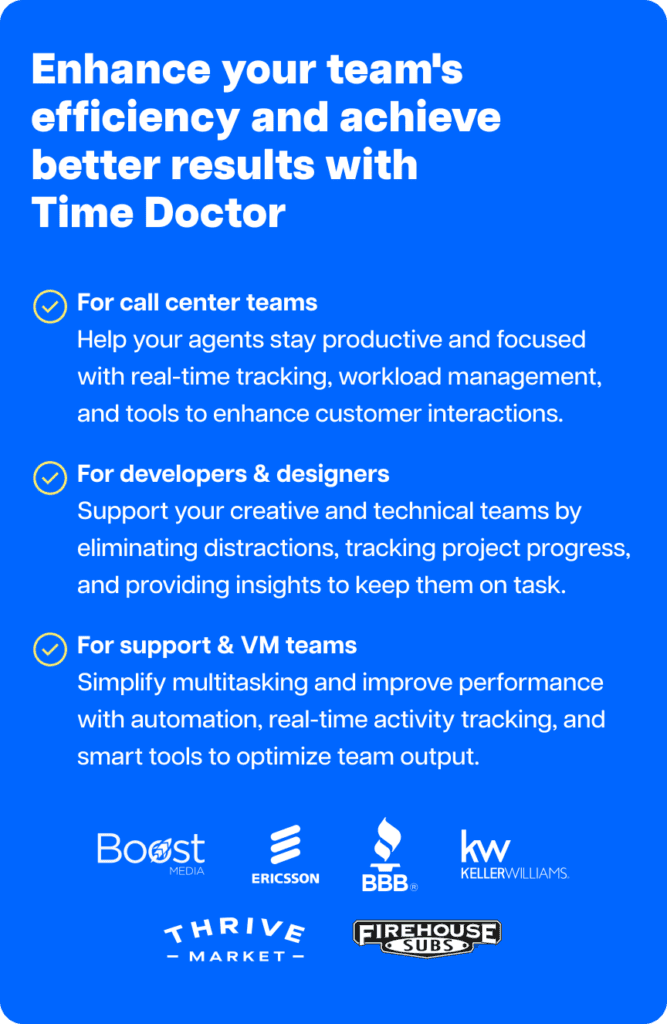IBM, under the leadership of CEO Arvind Krishna, is strategically pivoting towards becoming a leading hybrid cloud and AI company. This transformation involves prioritizing productivity through various strategic moves such as acquisitions, divestitures, and technological innovations, particularly with Artificial Intelligence (AI).
Streamlining operations with AI
In a recent shift, IBM’s HR service center exemplifies the profound impact of AI on operational efficiency. Previously staffed by 800 employees, automation of repetitive tasks has now reduced the workforce to just 60. This shift not only accelerates processes but also reallocates human capital to more creative and value-generating roles, enhancing client interactions with innovations like the AskHR chatbot.
AI in marketing: A case study with Adobe Firefly
IBM’s marketing efforts have similarly embraced AI, with remarkable results. Utilizing Adobe’s AI model Firefly, IBM created a highly effective ad for the Masters golf tournament. The process involved selecting the best creative outputs from thousands generated by AI, fine-tuned by human creativity, resulting in a digital ad that outperformed others by a significant margin.
IBM Watsonx.ai: The future of content personalization
IBM is further expanding its AI capabilities with the introduction of Watsonx.ai. This tool is designed to assist IBM’s marketing and communications team in tailoring content for diverse audiences, thereby multiplying the variations and personalization of the narratives shared.

The iceberg model of AI utilization
Jonathan Adashek, IBM’s senior VP of marketing and communications, describes AI’s application at IBM as an iceberg. The visible tip represents consumer-facing applications, but the substantial part below the surface reflects AI’s integration into core business processes—where it drives significant productivity improvements at the enterprise level.
Enhancing developer efficiency with AI
IBM has also deployed Watsonx Code Assistant to facilitate coding tasks. This tool helps developers transition from older programming languages like COBOL to modern ones like Java, significantly speeding up code deployment.
Internal innovation and skills development
IBM’s commitment to internal development was showcased in the Watsonx challenge, a hackathon that enhanced the AI skills of 160,000 employees. This initiative not only upskilled the workforce but also prepared them to better engage with clients and partners.
Redefining work culture: Moving beyond hybrid work
Adashek has steered away from the conventional concept of hybrid work, focusing instead on intentional work presence. IBM now requires marketing managers and executives to be in the office three days a week, fostering more effective collaboration and quicker decision-making.
Conclusion
IBM’s strategic reorientation towards AI and cloud computing is not just about adopting new technologies but also about enhancing productivity and being strategically focused. This involves making tough choices on resource allocation and redefining work processes to align with the company’s long-term objectives.
Through these initiatives, IBM aims not only to lead in technology but also to redefine the landscape of enterprise productivity.


